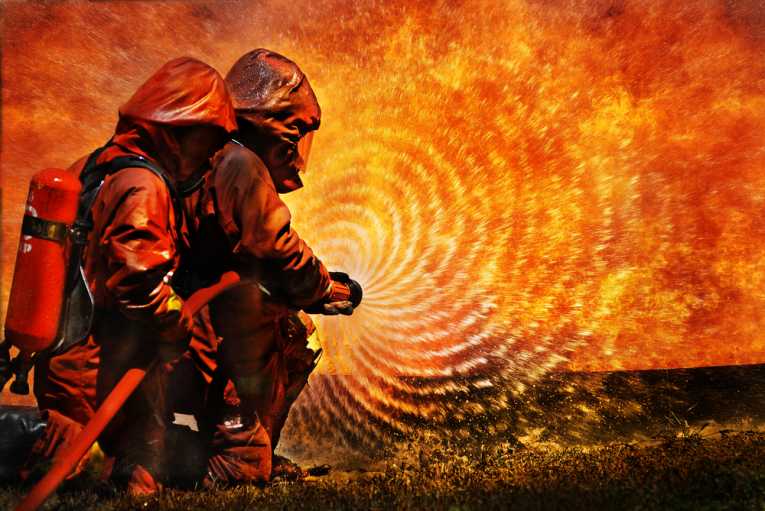Rather than preventing fatalities in fires, some flame retardant materials produce invisible toxic gases, scientists claim. The flame retardant materials that all contain bromine are widely used in furniture, carpets, babies' mattresses, car and plane seats to stifle flames.
But while the halogen-based materials, so called because bromine is a halogen, reduce the risk of a fire starting, they give off deadly gases that are the main cause of fatalities in fires, the American Chemical Society (ACS) has heard at its National Meeting and Exposition.
UK scientist Dr Anna A. Stec, from the University of Central Lancashire, who led the study, says, "Halogen-based flame retardants are effective in reducing the ignitability of materials. We found, however, that flame retardants have the undesirable effect of increasing the amounts of carbon monoxide and hydrogen cyanide released during combustion. These gases, not the thermal effects of burns on the body, are the number one cause of fire deaths."
Dr Stec, who works in the university's Centre for Fire Hazards Science, took part in a conference meeting looking at fire and polymers, which featured 60 speakers.
Each year, around 10,000 people in the industrialised nations die in fires, with around a third occurring in America. More deaths and the majority of severe injuries are caused by inhaling toxic fumes that come from burning materials, rather than from burns themselves.
Dr Stec and her researchers investigated the effects of flame retardant materials on gas production. They carried out tests on halogenated retardant materials containing antimony synergists, those based on minerals and intumescent agents that increase in size when they get hot and so create a barrier against the fire.
The majority of the intumescent agents cut the release of toxic gas and those based on minerals made little difference.
The ACS is the largest scientific society in the world. The non-profit organisation has more than 164,000 members and is a world leader in chemistry research. Its 243rd national meeting was held in San Diego.










